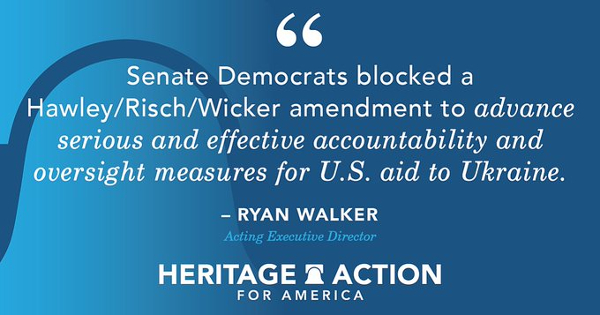Conservatives in Congress have an opportunity to reduce spending and the size of government through the appropriations process. The correct process established by Congress funds the different departments and areas of the government through separate “appropriation bills.” And there are supposed to be 12 separate appropriation bills for the entire federal government—one bill for each of the 12 Appropriation subcommittees.
Sadly, Congress has a poor track record, having only followed this process to completion 4 times since 1974. Too often, the 12 bills get packaged into one giant “omnibus” bill, and instead of voting on it before the October 1st deadline, they wait till right before Christmas to ram it through the House and Senate. This is a broken process that leads to bad policy.
The House was scheduled to consider 2 of the 12 spending bills this past week:
- Military appropriations for Military Construction and Veterans Affairs (MilCon/VA),
- Agriculture, Rural Development, and the Food and Drug Administration (Agriculture/FDA).
While MilCon/VA passed, Agriculture and FDA was ultimately not considered on the House floor over disagreements related to policy and spending levels.
Meanwhile, the Senate is working on its own versions of these 12 spending bills and advanced its final four spending bills of the year: Defense, Homeland Security, Interior-Environment, and Labor-HHS-Education.
Before any appropriation bill can go to the President’s Desk, it must first pass both the House and Senate, and then any differences must be negotiated and a compromise agreed to. So it is important to note that the Senate is currently trying to spend $100 Billion dollars more than the House.
>>>Take Action: Get ahead of the September Spending Fight – Read Heritage Action’s Blog on reducing the size of government and cutting spending




